The Art of Landscape Photography
£13.20£16.10 (-18%)
The Art of Landscape Photography is an expert guide to the theories, techniques, and artistry of composition and how it can be used to create beautiful and engaging landscape images.
In this visually stunning and highly informative book, two of the UK’s leading photographers, Mark Bauer and Ross Hoddinott, investigate widely accepted theories on composition and what appeals to our sense of beauty. They also put the principles into practice, using their own images to illustrate the points. Technique is discussed, but the emphasis is firmly on how it affects the aesthetics of an image. This book is aimed at those who have grasped the fundamental technical aspects of photography and are keen to expand your artistic understanding.
The principles of composition to convey meaning and emotion are at the heart and soul of landscape photography. This title tackles the art of composition in great depth, emphasizing how technique can impact on the aesthetics of an image.
Key points:
- Written by two of the UK’s leading landscape photographers
- Expert advice on equipment, shooting technique, and processing
- Guidance on shooting in different types of landscape and how to use light creatively
- Examination of formal styles and how to develop a personal style
Beautiful photography fills the book to fully explain the power of photographs.
Read more
Additional information
| Publisher | 2nd ed. edition (7 Feb. 2022), Ammonite Press |
|---|---|
| Language | English |
| Paperback | 192 pages |
| ISBN-10 | 1781454485 |
| ISBN-13 | 978-1781454480 |
| Dimensions | 20.32 x 1.27 x 23.5 cm |

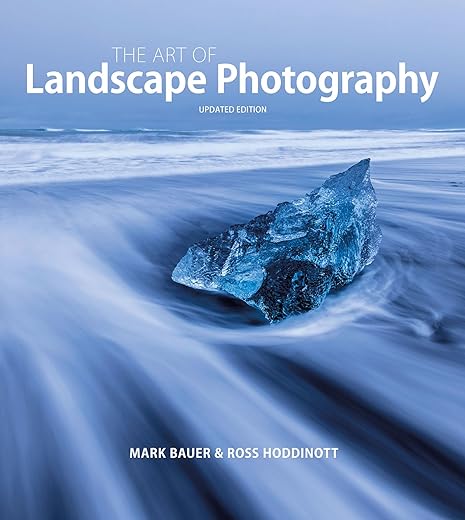


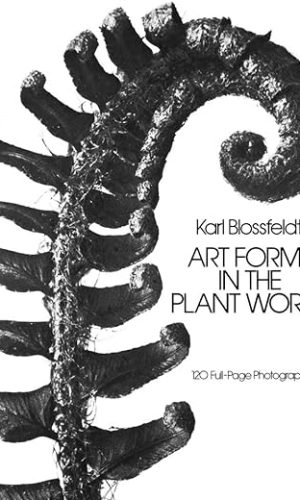
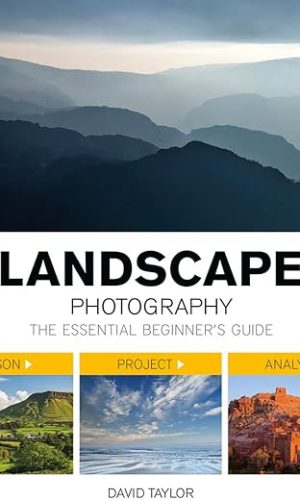


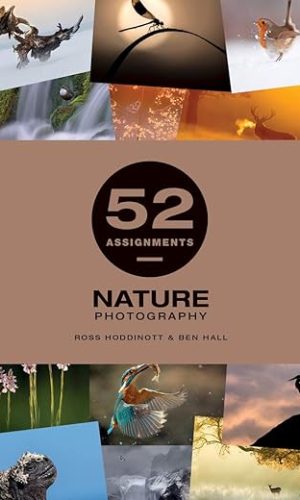
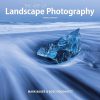
by Brookhaven
I think this is one of the best photography books I have read (and I have a good collection of books to draw on). It is extremely well written, with some very good explanations of some of the more technical sides of picture making. I particularly like the emphasis on the creative side, and how to determine the mood and impact of an image, and more importantly, the emotional response from the viewer. The different ‘rules of composition’ are discussed clearly, with the clear implication that these are only guidelines and not to be slavishly followed.
An ideal book for anyone returning to photography after a break or anyone who knows their aperture from their f number. At the current price a steal.
by S. Hartley
I took this away with me for holiday reading and I found it much more useful than I expected. Some of the equipment and post processing overlaps with the Landscape workshop book but there is plenty of original content too. Goes way beyond the classic ‘rule of thirds’. I had the pleasure of spending a day with the authors on an RPS away day recently and found them to be every bit as friendly in person as they are in print. Highly recommended.
by Woody48
A very useful book for photographers of Landscapes. Really good tips.
by Pete from Cumbria
I’ve only read the first few pages and picked up really good tips already. I’ve been taking landscapes for years and I really feel that this book will take me to the next level. Highly recommended
by nicw
Bought as a gift for my dad and he loved it
by K
What a book!
by Peter Shalders
One of the better books on the subject, clear and concise. I liked his simple views on hyperfocal distances (and numbers to support ) and also on refraction, i.e. if using full frame don’t go below f16. Tech details of each image also useful, maybe location details would be a bonus.
Highly recommended for the already competent landscape photographer, oops does that include me ?
by Martin
This is a fantastic contribution to the field, looking more specifically at aesthetics and what makes a good landscape photograph. I’ve had it for nine months and regularly go back to it for reference and inspiration.
I think the book could be strengthen more by adding in more examples of ‘bad’ landscape photography and photos which the authors have taken which they acknowledge haven’t worked. I say this because for all of the wonderful photos in the book they would have made numerous efforts previously that they weren’t too happy with, either because of composition, conditions etc.
One key piece of learning that I have come way, from this book, and through practice, is that it is valuable to note (when scouting, visiting etc) what a scene might look like at its optimum eg season, conditions, position of the sun, flora and vegetation and tidal situation for seascapes etc. Perhaps more important to spend time doing this and making a diary note for the future, rather than simply spend the time shooting and hoping to be satisfied.with what you come home with. It saves on wasted trips in the future. Similarly, when exploring a scene rather than photographing it, it helps to eliminate bad compositions, so thorough scouting and exploration is important. By this I mean “climb the rocks as little higher, walk around to the other side, follow that little path and see what’s there”. Bed to do all of this on a dull day rather than have it play on your mind when you’re there at the optimal time. Optimal conditions are rare but make all the difference to landscape photography if you have a strong composition to begin with.
Great book, as is the workshop book (which is better still in my view)